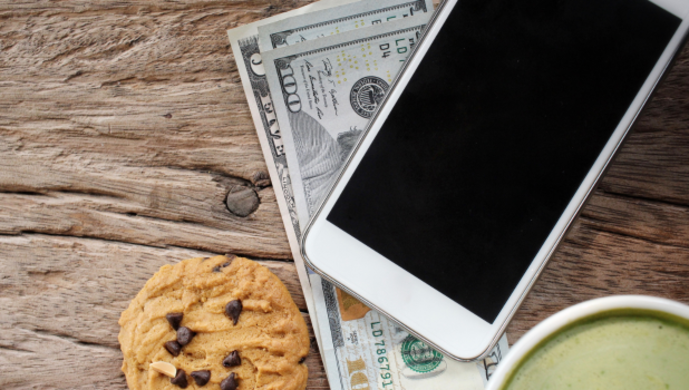On June 2nd, 2020, many social media posts were replaced with a black tile, some with the Black Lives Matter hashtag – #BLM. This was Blackout Tuesday. In the aftermath of the murder of George Floyd, Ahmaud Arbery, and Breonna Taylor, radio stations, TV channels, individuals, and brands joined the movement to protest against racial inequality on social media.
Arguably, some brands were truly invested in this social justice cause, while others were just “jumping on the bandwagon.”
We asked the question – did consumers notice? And if so, did they care?
Do brands walk the walk or only talk the talk?
Some brands or organizations did more than post a black tile on Instagram and Facebook. They also took action that aimed to proactively improve the lives of those in marginalized groups, such as altering a potentially racist logo or enacting policies to further equity between Black and White employees. These brands invested in the movement and engaged in true allyship.
Some brands, the "true allies" did more than post a black tile on social media. They also altered a potentially racist logo or enacted policies to further equity between Black and White employees.
In contrast, many other brands posted the black tile, they did little else to support the movement. For example, the CEO of Morgan Stanley hired two Black executives after protesters began meeting outside his Manhattan apartment during the 2020 protests. The company claimed these hires were the beginning of a dramatic shift in how the company would handle race relations. However, in 2021, Morgan Stanley ranked lowest across the main US banks when it came to African American leadership representation. These brands only ‘talked-the-talk,’ and engaged in performative allyship.
There is also a third type of brand ally that is important to consider – the neutral brand – these stayed silent and did not convey support for the movement.
True allies see short-term benefits
To investigate if consumers have any loyalty to those brands that were true allies of the BLM movement, we looked at their market performance. We took the 100 most valuable US brands according to Kantar and coded them as either true, performative, or neutral brand allies of BLM.
Consumers have a loyalty to those brands that were true allies of the BLM movement.
Through monitoring the stock prices of these brands one, three and six months after Blackout Tuesday, we found that true brand allies performed better after one and three months. However, the effect was short-lived, and by six months, no difference in performance was seen.
The sneaker experiment
We then created two fictitious sneaker brands. Both brands supported the BLM movement on social media. However, the board of one brand was all white – the performative ally – and the board of the other was ethnically diverse – the true ally.
When we asked our participants (an equal split of White and Black or African American) about how they felt about these brands, they had more positive attitudes toward them, indicated a greater intention to purchase, and were willing to pay more for the sneakers that were marketed by the true BLM ally compared to the performative ally. Our analysis enabled us to show that this was driven by self-esteem – where consumers feel better about themselves for purchasing a sneaker made by a brand that is a true ally to the BLM movement – and self-brand connection – where they use a brand to construct and signal their self-identity, both to themselves and to others.
The results from this experiment also show that the consumers’ ethnicity moderated the effects. Black consumers evaluated the true ally brands more positively than the performative ally brands because true allyship was more self-affirming and produced stronger self-brand connections for Black consumers than for White consumers.
Implications for other social justice movements
This study and its implications are specific to the BLM movement and the aftermath of Blackout Tuesday. Our investigation and experiments have shown that true allyship does have an upside when it comes to the BLM movement. Consumers show awareness of the actions of the brands and an interest in supporting those brands that are true allies to BLM.
It is important to highlight our finding that the true allyship advantage can wear off over time. Thus, brands need to be continuous and consistent in their true allyship efforts rather than temporary or uneven. It is also likely that they will need to realign allyship depending on social trends.
With this in mind, it is key to emphasize that our findings will not be translatable to all social justice movements. For example, there was an anti-transgender backlash following a recent partnership between Bud Light and a transgender influencer. This shows that firms should carefully consider which social justice movements they choose to align with to reap profits.









